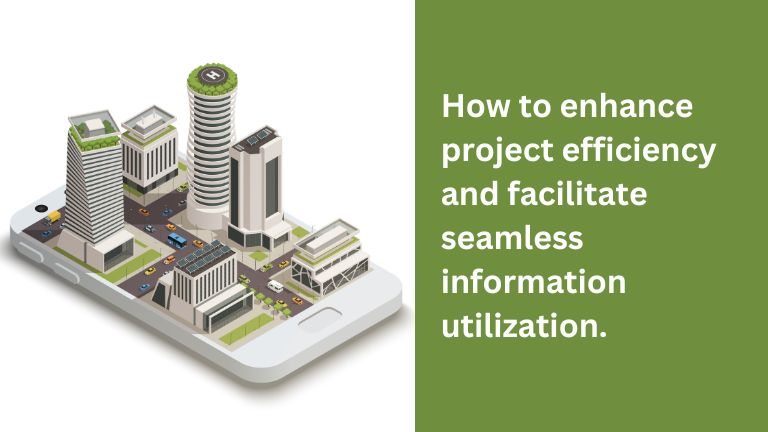
What is BIM Data Management?
BIM Data management is the process of storing and organizing all forms of data related to BIM Projects.
The data can be of any type from 2D drawings, 3D models, Engineering drawings, and forms of data related to the construction process.
BIM data management helps to improve the efficiency of the construction projects.
This covers all forms of recent data related to construction in which every team member can access the most updated information.
This helps reduce of risk of errors, and delays in the construction process and acts as a central repository for all stakeholders.
Importance of BIM data management
In the realm of Building Information Modeling (BIM), efficient data management is crucial for successful project execution.
BIM data encompasses a vast array of information, including models, documents, specifications, schedules, and more.
Effectively organizing and utilizing this data is essential to ensure smooth collaboration, accurate decision-making, and optimized project outcomes.
In this article, we will delve into the best practices for BIM data management that can enhance project efficiency and facilitate seamless information utilization.

1. Establish a Clear Data Management Strategy
Developing a well-defined data management strategy is the first step toward effective BIM data organization.
Identify the key stakeholders involved, establish data management roles and responsibilities, define data standards and protocols, and establish workflows for data exchange and collaboration.
A clear strategy sets the foundation for streamlined data management throughout the project lifecycle.
2. Adopt a Structured Data Organization System
Implementing a structured data organization system is essential for easy retrieval and utilization of project information.
Categorize data based on disciplines, phases, components, or any other relevant criteria. Utilize consistent naming conventions and file structures to ensure consistency and uniformity across the project.
This systematic approach simplifies data access and minimizes confusion.
3. Utilize a Common Data Environment (CDE)
A Common Data Environment (CDE) is a collaborative platform that serves as a centralized repository for project information.
It allows project stakeholders to access, share, and manage data in a controlled and secure manner.
Implementing a CDE ensures that all team members have access to the most up-to-date information, fostering collaboration and eliminating the risk of working with outdated or conflicting data.
4. Implement Version Control and Change Management
Maintaining version control and change management protocols is critical to managing BIM data effectively.
Implement mechanisms to track changes, revisions, and updates to project information.
Utilize version control tools or features provided by BIM software to keep a history of modifications and ensure that the most recent versions are readily available.
This helps prevent errors, confusion, and data inconsistencies.
5. Ensure Data Security and Backups
Data security is of paramount importance in BIM data management.
Implement robust security measures to protect project information from unauthorized access or data breaches.
Regularly backup data to secure storage systems to prevent loss or corruption.
Having reliable backup mechanisms in place ensures that project data can be restored in the event of any unforeseen incidents or technical failures.
6. Collaborative Data Sharing and Communication
Promote collaborative data sharing and communication among project stakeholders.
Foster a culture of open information exchange, encouraging effective communication channels and platforms.
Facilitate seamless sharing of BIM models, documents, and other relevant data to ensure that all team members have access to the information they need when they need it.
7. Implement Data Validation and Quality Assurance
Implement data validation and quality assurance processes to ensure the accuracy and reliability of BIM data.
Regularly review and validate data for completeness, correctness, and adherence to standards.
Perform data quality checks to identify and resolve any inconsistencies or errors. Maintaining high data quality enhances decision-making and minimizes risks throughout the project.
Conclusion
By implementing these best practices for BIM data management, project teams can streamline collaboration, enhance decision-making, and optimize project outcomes.
A well-structured and efficiently managed BIM data environment enables seamless information utilization, promotes effective communication, and contributes to the overall success of the project.


